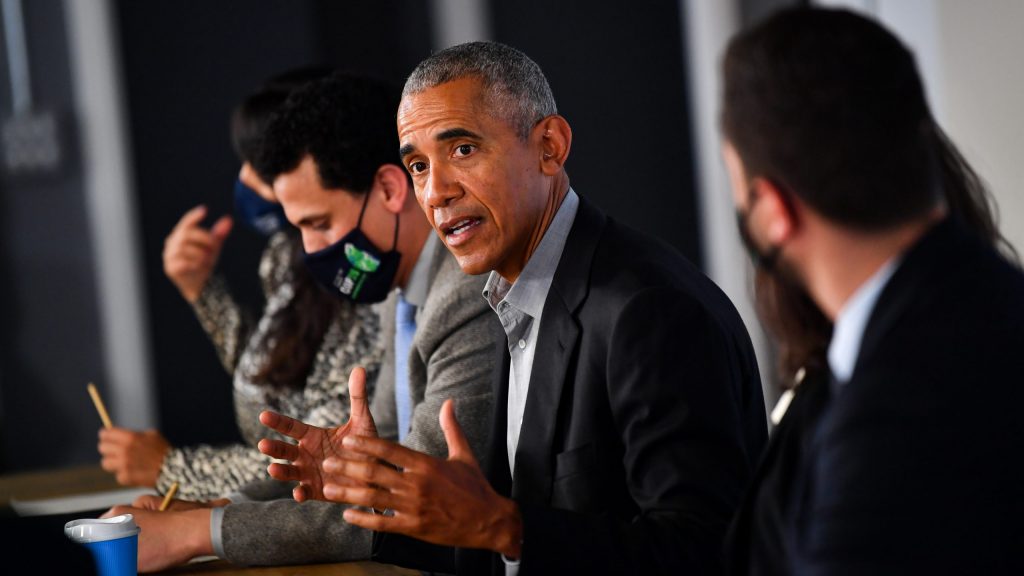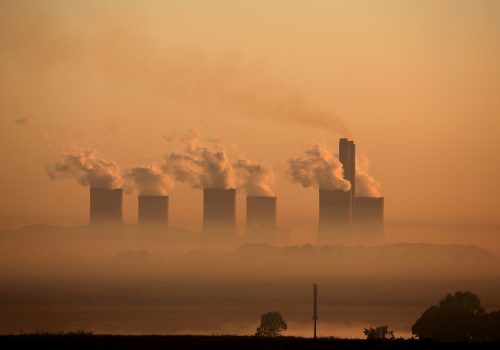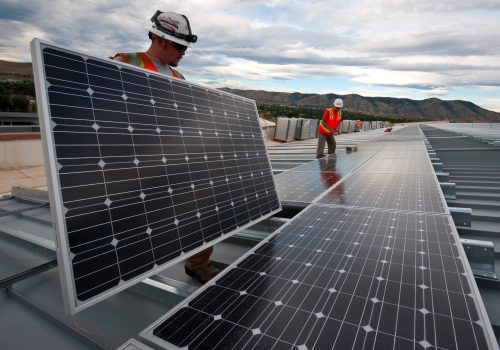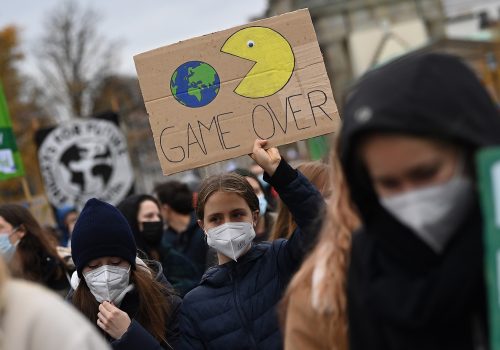A mass of global political leaders, activists, and thinkers have descended on Glasgow, Scotland for the United Nations Conference of the Parties (COP26) on climate change—described as the world’s “last best chance” to address the warming planet before it’s too late.
During the twelve-day event, which kicked off October 31, they’re mulling meaningful ways to wean the world off fossil fuels and embrace renewable energy.
Throughout COP26, Atlantic Council experts—some of whom are on the ground in Glasgow—will deliver insightful and forward-looking analysis on the developments they believe will matter most in the fight against climate change.
This post will be continuously updated as news developments and expert analysis stream in and we track this hugely consequential conference.
Further reading
Thu, Oct 14, 2021
For Africa to go green, the private sector must step up. Could COP26 provide an answer?
AfricaSource By
The continent possesses an abundance of renewable-energy-production capabilities—but capitalizing on its potential remains a challenge.
Wed, Mar 31, 2021
Raising US climate ambition in advance of COP26: An economic and national security imperative
Report By Margaret Jackson, Zachary Strauss
In advance of the annual UN Climate Summit in Glasgow this November, the United States must raise its clean energy and climate ambitions and reassert global climate leadership. If left unchecked, climate change will continue to exact a heavy economic toll on the United States and threaten US national security interests and American lives.
Fri, Oct 22, 2021
FAST THINKING: Why climate change will wreak havoc on national security
Fast Thinking By
The White House, Pentagon, Department of Homeland Security, and Office of the Director of National Intelligence agree: Climate change poses a serious security threat. Here's what our experts say it really means.
Image: Former US President Barack Obama attends a round table meeting at Strathclyde University during the UN Climate Change Conference (COP26), in Glasgow, Scotland, November 8, 2021. Photo by Dylan Martinez/REUTERS



